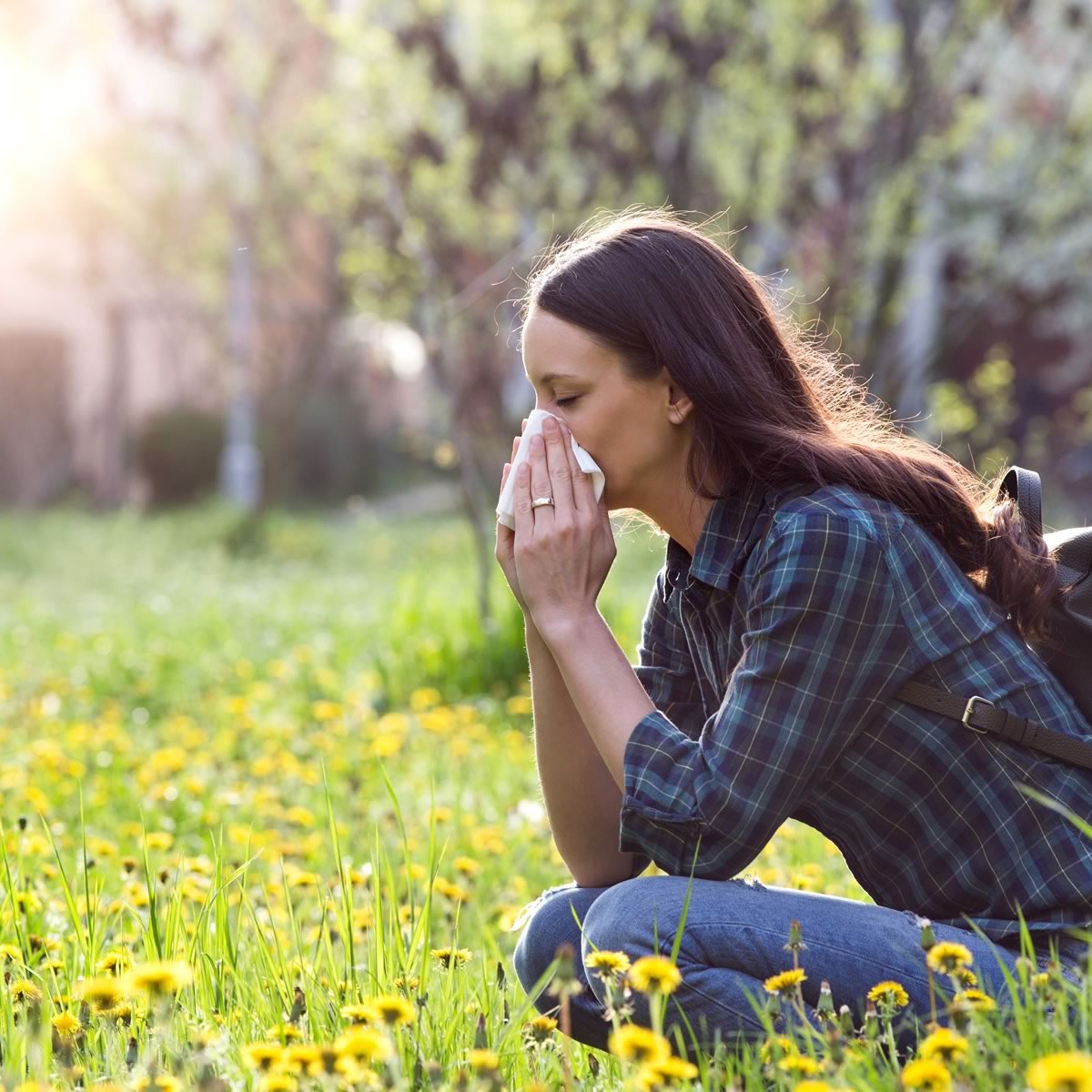Those aren’t puffs of smoke drifting on the horizon. They are clouds of pollen from mountain cedar trees, the winter scourge of Central and South Texas.
On Thursday, mountain cedar counts shot up to 34,280 grains of pollen per cubic meter, the highest level this season but well below the record levels of 80,000 set in the 1980s.
At PRG Recruiting, a small recruiting firm at Loop 410 at McCullough Avenue, the morning meeting turned into a discussion of allergy medications because so many employees were suffering.
“It’s hard to sleep, it’s hard to eat, it’s hard to breathe,” said Delaney Tholen, a recruiter at PRG. “Our office manager stocked up on Kleenex.”
The level of pollen isn’t abnormally high for this time of year, said Dr. Dale Mohar, a Kerrville allergist. What’s unusual is that levels have been high every day since Saturday.
“Usually we’ll get one or two really high days, and then it will drop back down again,” Mohar said. “They’re staying pretty darn high right now. In all honesty, I quit counting at 20,000 because there’s really no point. I just say ‘20,000-plus’ and call it a day. At that point it’s ridiculous, and you’re miserable.”
Spurs guard Patty Mills tweeted about his misery Monday with the hashtags #allergies #kickingmybum #needneweyeballs.
Mountain cedar, the common name for Ashe juniper, is the only tree that pollinates here this time of year, said Dr. Robert Ramirez, a principal investigator at Biogenics Research Chamber. Pollen levels usually hit in early December and creep up until hitting a peak in January. And they pollinate a lot.
“Each tree can technically produce up to a billion particles of pollen over the course of the season,” said Ramirez, a board-certified allergist and partner at Certified Allergy & Asthma of San Antonio.
Longtime radio personality Chris Duel said allergies have plagued him all week.
“This is the seventh day now for me,” he said. “It’s got me totally knocked out. It’s crazy. I have congestion, sore throat, headache, fatigue, a lot of sneezing. On Saturday I went outside and from 1 to 2 p.m. I must have sneezed about 500 times.”
Blame a rainy fall that nourished the mountain cedars in the Hill Country and north winds for blowing their pollen into San Antonio.
Cedar pollen counts began rising in early December and got worse around Christmas, reaching their worst levels this week.
Counts in January 2012 and January 2013 didn’t rise above 32,000. The drought in 2011 killed off some of the mountain cedar trees in the Hill Country, said Dr. Paul Ratner, medical director of Sylvana Research, which tracks pollen counts.
But the drought may be a double-edged sword when it comes to mountain cedars, Mohar said.
“The last theory I saw was, because we’ve been in a long-term drought, the trees were stressed, so they go into survival mode and actually pollinate even heavier trying to propagate the species,” Mohar said. “We did get a little bit of rain in the fall, and that was probably just enough to make them healthier, yet they’re still in survival mode.”
Cedar levels are at unusually high levels in Austin, although lower than those in San Antonio. Some Austin residents have called 911 to report smoke that turned out to be puffs of cedar pollen blowing from trees, according to KXAN-TV in Austin.
A spokesman for the San Antonio Fire Department said he was not aware of any such calls here.
Traditionally, the counts start dropping the first week of February, Mohar said. Until then the only relief might come from a freak ice storm.
“I call it job security when the (nurses) complain,” Mohar said.
###
By Jessica Belasco
January 16, 2014
mysanantonio.com
You may also be interested in . . .
Am I Suffering from Allergies? Or Something Else?
There is a wide range of variability from person to person when it comes to allergies. The unique circumstances of each person and their environment as…
Football, Food, and Fall Allergies
Fall has arrived and so have shorter days, cooler weather, and football season! Unfortunately for some, football, food and fall allergies go hand in…
‘Tis the season for Cedar Fever
In parts of Texas and surrounding areas, cedar allergies are one last health challenge in an already difficult year. 2020 has been one for the ages,…



